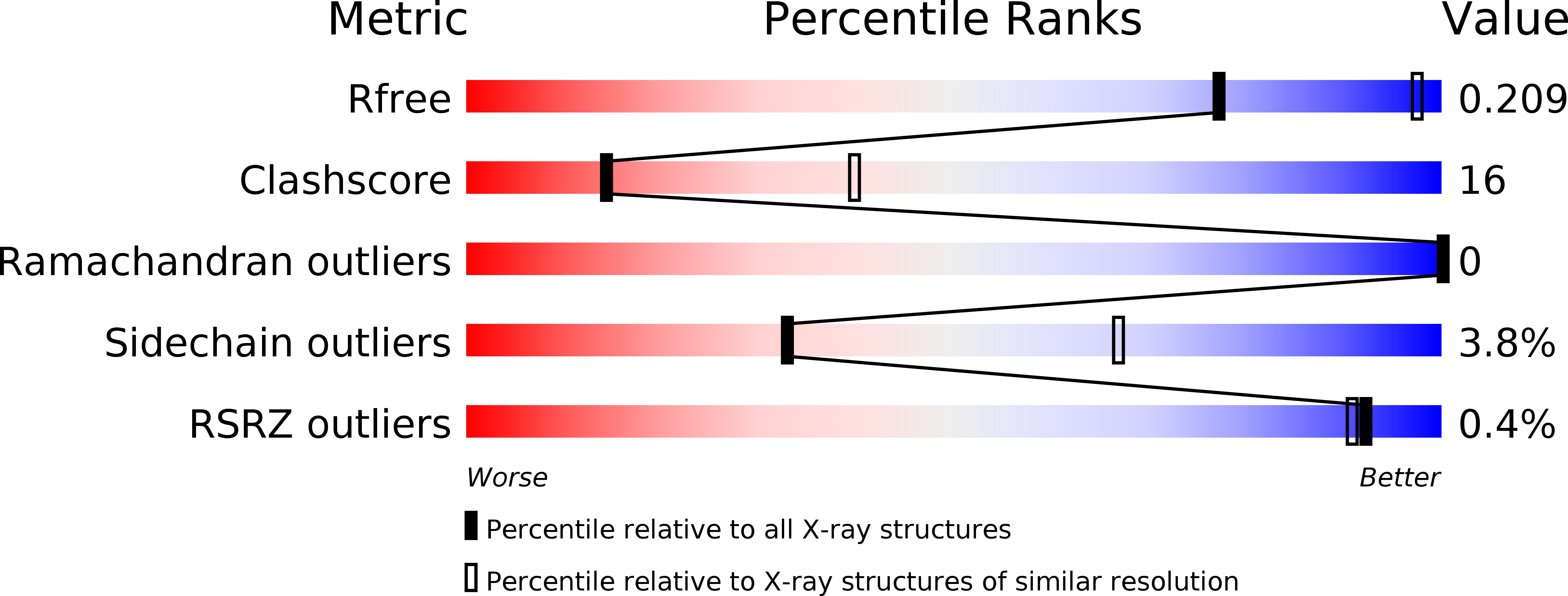
Deposition Date
2003-03-28
Release Date
2003-09-30
Last Version Date
2024-10-30
Method Details:
Experimental Method:
Resolution:
2.80 Å
R-Value Free:
0.23
R-Value Work:
0.21
R-Value Observed:
0.21
Space Group:
P 21 21 21


